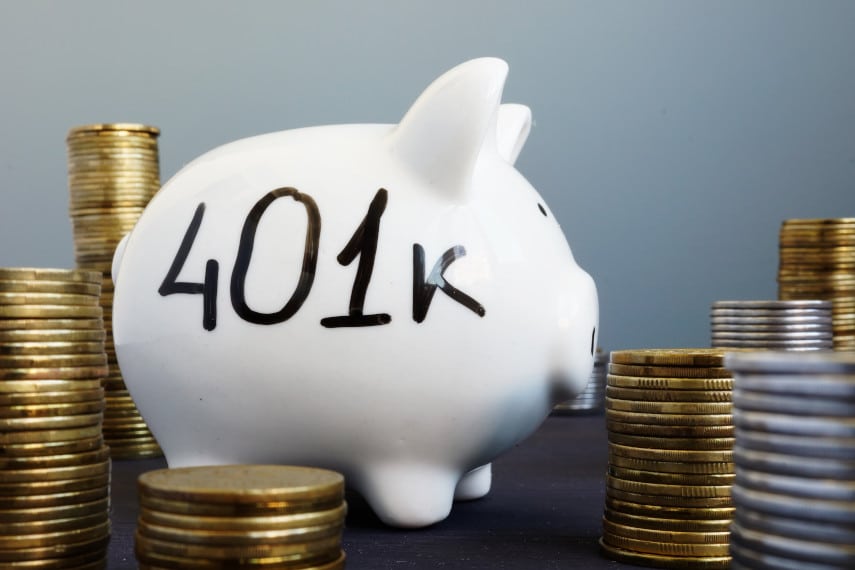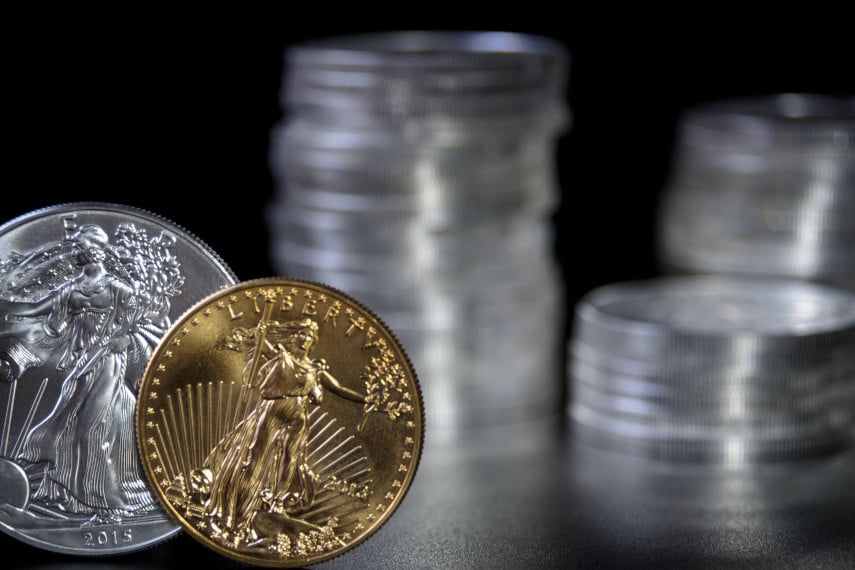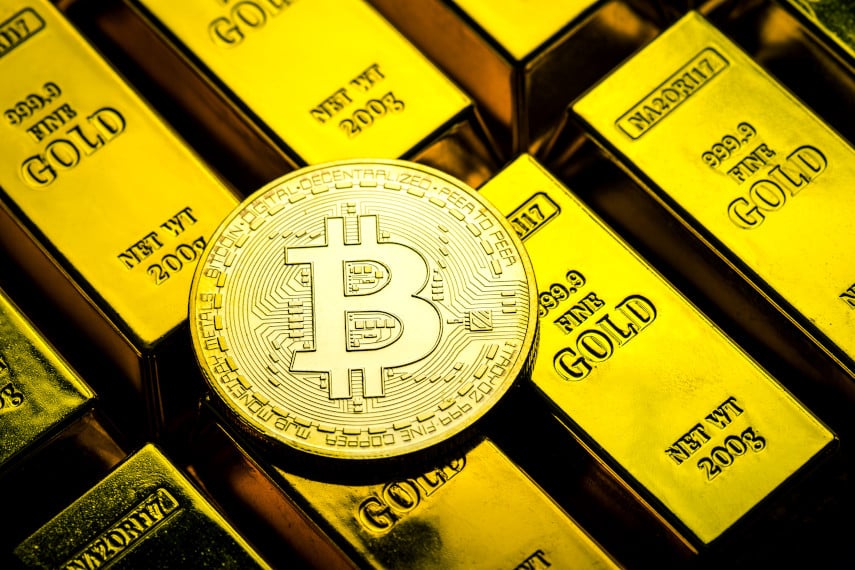
One concept that many first-time precious metals buyers have a hard time wrapping their heads around is the concept of fineness. Fineness of a gold or silver coin or bar states the purity of the gold or silver content of the coin or bar in question, and there are many different ways of stating it.
Measures of Fineness
One measure of fineness that most people are familiar with is that of karats. You’re probably familiar with the concept of 24-karat, or 24K, gold, which means gold that is 100% pure gold. And if you own gold jewelry you’re probably familiar with 14-karat (14K) or 18-karat (18K) jewelry.
While karats are commonplace in the jewelry industry, they’re not nearly as commonly used in coinage. However, you will find that many gold coins traditionally were minted with a 22K gold alloy known as crown gold.
Normally this means that the gold was alloyed with copper and perhaps a bit of silver to give it some extra hardness, allowing it to be more durable when used in everyday commerce. The most common coins you’ll find minted today in crown gold are the South African Krugerrand and the American Gold Eagle series of coins, both of which are very popular investment-grade gold bullion coins.
Silver coins never used the karat system, but they have their own unique measurement systems. You’ve probably heard of sterling silver, so called because the British coins of the pound sterling were minted from this alloy.
Sterling silver contains 92.5% silver, and 7.5% other metals, normally copper. The other common alloy used in producing circulating silver coinage was called coin silver, consisting of 90% silver and 10% copper.
The fineness, or purity, of coins and bars is normally stated today in two different ways. One method is called millesimal fineness, which states the purity in parts per thousand or ten thousand. So if you read that a coin is .900 fine silver, that means that it contains 900 parts per thousand of silver, or in other words it’s 90% silver.
If you read that it’s .999 fine silver, that means that it contains 999 parts per thousand of silver, or it’s 99.9% silver. And if you read that it’s .9999 fine silver, that means that it contains 9,999 parts per ten thousand of silver, meaning that it’s 99.99% silver. In practice you’re generally not going to find any alloys more fine than that, as the coins become too soft to withstand transport.
Now, you may be asking yourself, why do I care about the fineness of my gold and silver coins? Well, if you’re just interested in buying gold and silver coins to store at home, you may not really care, as long as you’re getting the weight of gold and silver that you’ve paid for.
But if you’re looking to buy gold with a gold IRA, or silver with a silver IRA, then you need to pay attention to the fineness of the coins you buy. Buying coins that don’t have the proper fineness could land you afoul of IRS regulations regarding collectibles, which could leave you susceptible to paying taxes and fees that you didn’t expect.
Gold Fineness and a Gold IRA
According to US law, only certain types of gold coins are eligible for purchase with a gold IRA. That’s because, by law, an IRA is not allowed to own collectibles. And what is a collectible?
26 U.S.C. 408 defines what is a collectible. And section 408(m)(2)(D) states that “any stamp or coin” is considered a collectible. But 26 U.S.C. 408(m)(3) makes some exceptions.
A collectible does not include “a gold coin described in paragraph (7), (8), (9), or (10) of section 5112(a) of title 31, United States Code”. Those paragraphs describe the one-ounce, half-ounce, quarter-ounce, and tenth-ounce American Gold Eagle coins.
That same section of the US Code also states (26 U.S.C. 408(m)(3)(B)) that a collectible does not include “any gold, silver, platinum, or palladium bullion of a fineness equal to or exceeding the minimum fineness that a contract market (as described in section 5 of the Commodity Exchange Act, 7 U.S.C. 7) requires for metals which may be delivered in satisfaction of a regulated futures contract”.
For gold, this minimum fineness is .995, meaning that coins or bars that you buy for a gold IRA must be at least 99.5% gold, unless they’re an American Gold Eagle. So this means that a gold IRA can purchase an American Gold Eagle coin or any coin, bar, or round that is at least .995 fineness.
If you try to purchase a coin for a gold IRA that doesn’t meet this fineness requirement then it it considered a distribution of assets and will incur any applicable taxes and penalties. This means that many popular gold bullion coins, such as the South African Krugerrand, Austrian 100 Corona, or Swiss 20 franc gold coins are not eligible for investment in a gold IRA.
That shouldn’t stop you from buying those coins to store at home, if that’s what you want to do. But if you’re looking for gold coins for a gold IRA, you’ll have to meet minimum fineness requirements.
Thankfully most gold bullion coins produced today for investors meet these minimum fineness requirements and are eligible for gold IRA investment. Goldco partners with mints around the world to produce coins that are eligible for a gold IRA so that you don’t have to worry about the coins you buy not being eligible for a gold IRA.
Silver Fineness and a Silver IRA
The coins you buy for a silver IRA also have to meet minimum fineness requirements. In the case of silver coins and bars, this minimum fineness is .999, meaning that they have to be 99.9% silver.
The exception to this is also spelled out in the US Code, namely “a silver coin described in section 5112(e) of title 31, United States Code”. This refers to the American Silver Eagle coin, a popular investment coin that is minted from .900 fine silver.
Once again, if you attempt to purchase a silver coin through a silver that isn’t an American Silver Eagle or that isn’t .999 fine, it will be treated as a distribution and subject you to potential taxes and penalties. As is the case with gold coins, mints around the world produce numerous types of silver bullion coins that are eligible for investment through a silver IRA.
Your Source for Gold and Silver
That’s why Goldco takes such special care to ensure that the coins we offer our customers are IRA eligible. We work directly with mints around the world to source IRA-eligible gold and silver coins to ensure not only that the gold and silver coins you buy are 100% authentic, but also that they’re able to be held in your gold IRA or silver IRA.
If you’re trying to protect your retirement savings, hedge against inflation, or defend against the possibility of a recession, you want to make sure that the gold and silver you buy is going to help you, and not open you up to unexpected difficulties. That’s true whether you want to open a gold IRA or just buy some coins to store at home just in case. So call Goldco today to learn more about the various gold and silver coins we offer.






